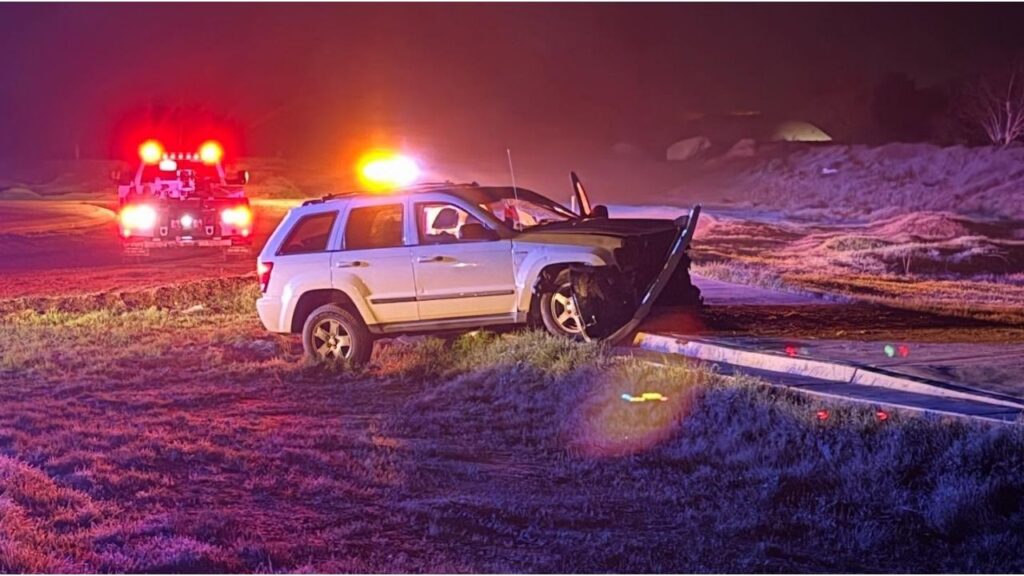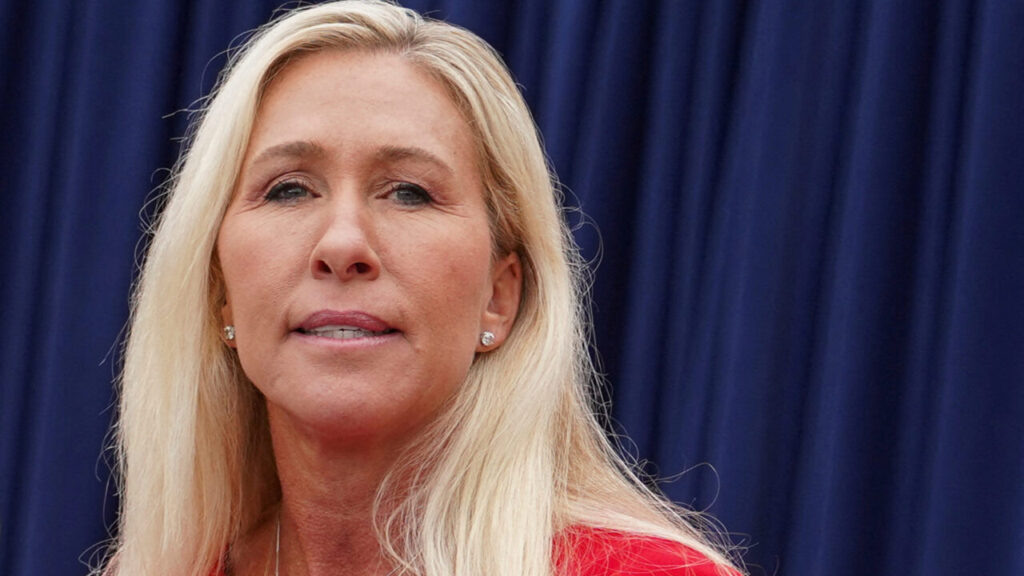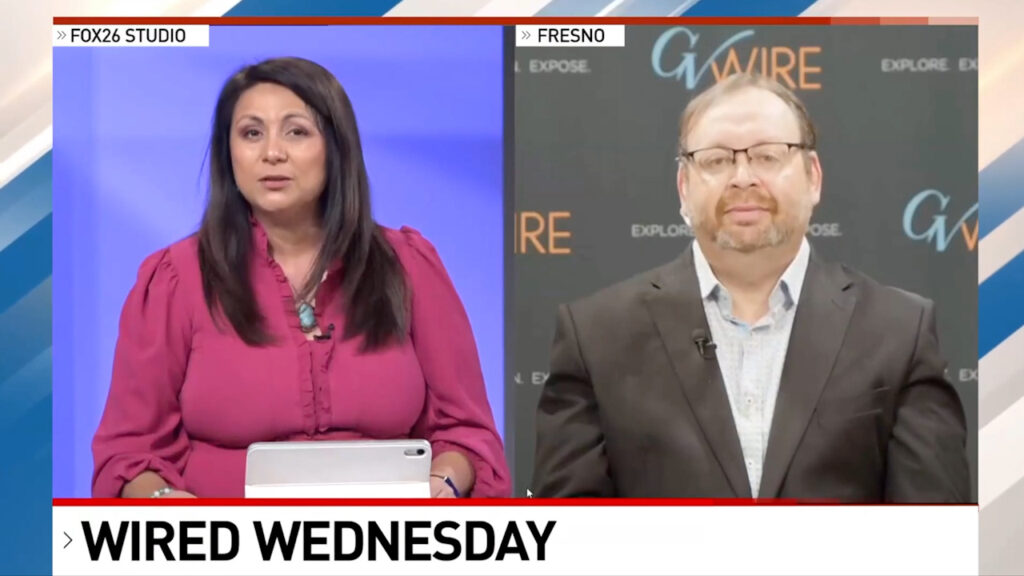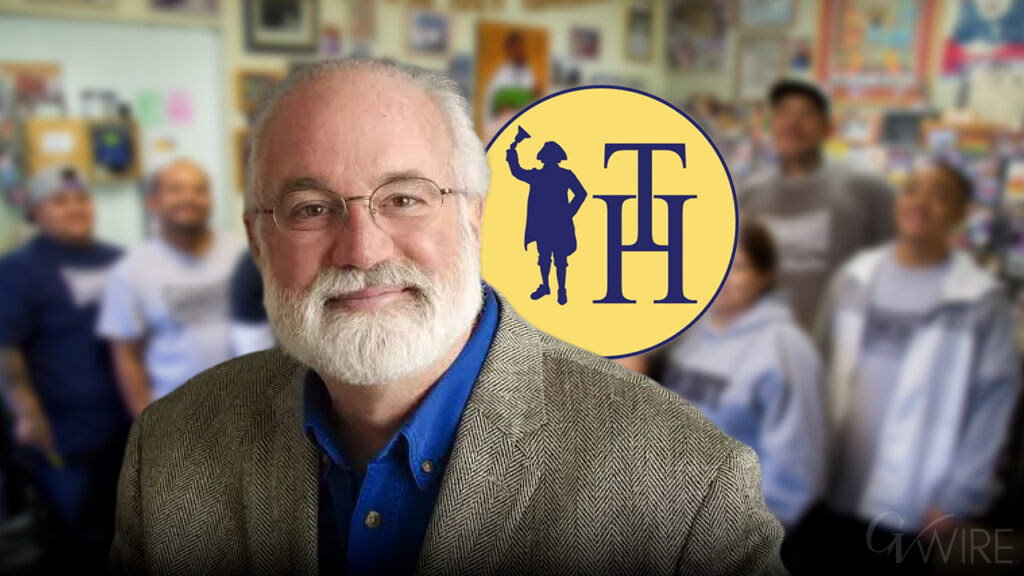Share
Last month, while President Trump and his legal team battled an adult film star in court to prevent her from sharing details about their alleged affair, the Trump administration quietly overhauled the federal government’s approach to teen pregnancy to focus entirely on abstinence-only programs.
Previously restricted to locally driven, evidence-based practices — including education on contraception, dating violence and the value of healthy relationships — the Obama administration’s Teen Pregnancy Prevention (TPP) program likely contributed to a substantial decrease in teen pregnancy rates from 2007 to 2016, with a record decrease of 9 percent in 2016.

Opinion
Sarah Shapiro
The Department of Health and Human Services recently claimed that “the TPP program is not working,” but TPP programs are publicly evaluated to determine whether and how they are effective at reducing teen pregnancies, sexually transmitted infections or sexual risk behaviors.
Abstinence-Only Sex Ed Doesn’t Work
Under the Trump administration’s abstinence-only approach that ignores evidence-based interventions, it’s difficult to overstate the extent to which our elected leaders have publicly undermined gender equality and definitions of consent. But, more important, what can be done to break from this regressive narrative and get back to programs proven to work for students?
Years later, the situation hasn’t improved. Some states require no sex education at all, while others provide little accountability for what should be taught. According to a National Institute for Health study, only about half of adolescents received formal instruction about contraception before they first had sex.
Should Students Get Sex Ed From Porn?
While sex education programs remain sparse in public schools, many of today’s students turn to porn or other forms of media as their primary source for information, which provides a limited, and often inaccurate portrayal of consensual relationships.
A new report from the Center for American Progress shows that sex education drastically varies by state, and only 10 states and the District of Columbia require any mention of “healthy relationships,” “sexual assault” or “consent” in their standards.
In the last few years, these states have passed laws or written explicit state standards to ensure that all health or sex education courses teach students about sexual development, identifying relationship conflicts, and communicating effectively with their partners. California’s Healthy Youth Act, for example, requires all school districts to teach adolescent growth and development, body image, gender, sexual orientation, and the development of safe and healthy relationships. Oregon revised its state standards to require sex education to address sexual identity and how to respond to dating violence.
Some States Provide Inaccurate Sex Ed
Yet, the states that aren’t teaching comprehensive sex education are often providing students with limited or downright inaccurate information. Only 20 states require that sex and/or HIV education be medically, factually or technically accurate, and many state standards are vastly outdated.
New York, Louisiana, Nebraska and Massachusetts, for example, have not updated their sex education laws since the 1990s. Idaho’s sex education law has not been rewritten since 1970 and uses religion as an argument for abstinence-only education.
In fact, only two states restrict sex education programs from using religious context in its instruction, and some explicitly ban the “promotion of homosexuality” in classroom instruction. In addition, more than half of the states that require sex education provide scant guidance on curriculum, do not address the development of healthy relationships, and do not separate sex education standards by age.
Updating sex education standards has clearly not been an education reform priority, but students are leaving school, and beginning their adult lives, without the information they need to navigate the challenges and responsibilities of adulthood in this new environment.
Educators have a unique opportunity to help students explore relationships in a positive way, and a big part of that should be teaching them about healthy communication within intimate relationships and consent. Uniform, modern state laws and standards, in addition to federal funding for comprehensive sex education, can ensure that sex education is accurate and accepting, instead of fear-based and restrictive, because relationships are better when both parties are excited to be a part of it.
About the Author
Sarah Shapiro is a research assistant at the Center for American Progress.



















